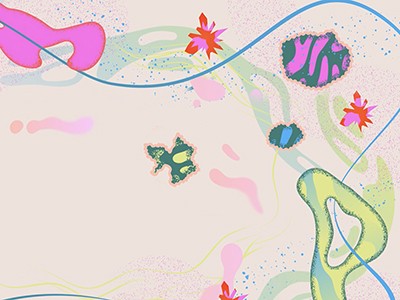It is common knowledge that the human gut is home to hordes of bacteria, most of which seem essential for good health. But there is another component of the gut microbiome that receives less attention: viruses.
Wherever there are bacteria, viruses called bacteriophages lurk in prodigious quantities. These bacteria-killing microorganisms, first noted in the early twentieth century, are the most abundant biological entities on Earth. An estimated one billion bacteriophages, or phages, reside in one gram of faeces. However, despite their considerable number, the collection of viruses in the gut, known as the virome, is still an unexplored frontier. “The scale of what’s unknown within phages is enormous,” says Martha Clokie at the University of Leicester, UK.
Around three-quarters of the phages that scientists have sequenced infect only 30 bacterial genera1. “Our virome is hugely abundant and incredibly diverse, and we’ve looked at just a tiny percentage,” says Jeremy Barr, a phage biologist at Monash University in Melbourne, Australia.
This dearth of knowledge is not owing to a lack of interest — the US National Institutes of Health has a programme dedicated to cataloguing and characterizing the viruses that live inside the human gut. Instead, the problem is often that the viruses that reside in the gut are difficult to study. But as sequencing and culturing techniques have improved, evidence has begun to build for the idea that phages are key players in the ecology of the gut microbiome, and influence human health for good and for ill.

